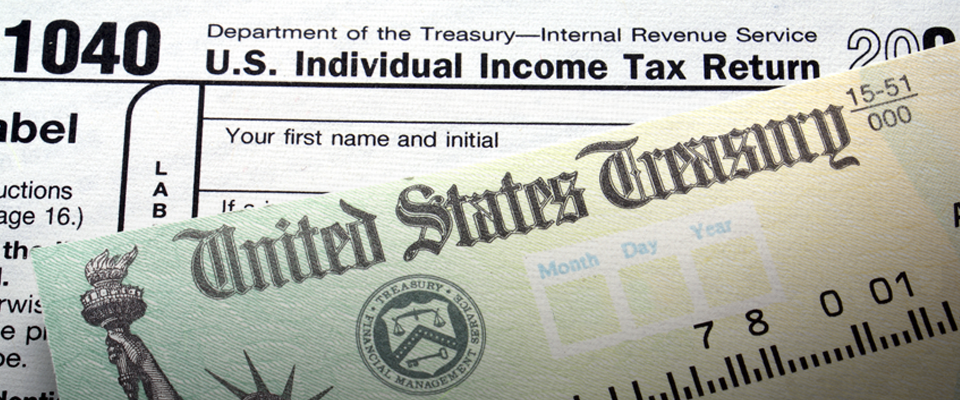About 40 million Americans receive a tax refund each year, and according to the IRS, the average tax refund was about $3,000 for the 2015 tax filing season.
The biggest question for these millions is what to do with that extra money. A 2011 survey found that 41% of those who receive refunds planned to put the money into savings, while 41.9% planned to use their refunds to pay down debt. About 13% planned to spend the money on a major purchase, and 11.9% were looking forward to spending their refunds on vacations or trips.
A great use for a tax refund is to put it toward an emergency fund. About 66 million Americans have no money saved for an emergency, putting them at risk of going into deep debt in the event of an unexpected financial need. By adding your tax refund to your emergency fund, you can be a little more prepared for any sudden expenses that may come up.
The best way to think of a tax refund is not as extra spending money, but as what it really is: your own money, earned throughout the year, which the government borrowed for a while and is now returning to you. And the best thing you can do with that money is invest it toward your future.
Saving for retirement has never been more essential. Life expectancy is longer, health care costs are much higher, and the cost of living continues to rise. Many people have retirement plans through their employers but fail to contribute as much as they should. You can use your tax refund to make an extra one-time contribution to help increase your retirement savings. For example, a $2,000 tax refund saved and invested every year beginning at age 30 to age 65 can grow to approximately $295,000 by age 65.*
Another way to use your refund to save for retirement is to open an individual retirement account, or IRA. There are several types of IRAs, but the most common are a traditional IRA and a Roth IRA.
Both types of IRAs offer significant tax benefits. With a traditional IRA, your entire contribution may be tax deductible. Contributions to a Roth IRA are not deductible, but any qualified withdrawals from the account will be tax-free, which can help you to reduce or avoid income taxes after retirement.
With both types of IRAs, the maximum amount that you can contribute is the lesser of your compensation received from working or $5,500. The limit increases to $6,500 if you are over age 50.
An IRA can also augment other retirement plans, such as an employer-sponsored 403(b) or 401(k), allowing you to increase your retirement savings.
It’s never too early to save for retirement, and using your tax refund to contribute to retirement savings is a great way to prepare for the future.
Click here for more information about opening an IRA or contact us today at 866.621.1783.
*This example assumes an average annual rate of return of 7.0%, for a 35-year term, with a beginning value of $0. The assumptions are not a guarantee of future results.
This information is not legal or tax advice. Information is from sources deemed reliable. Information is subject to error, omission, withdrawal, or change. Contact your own tax advisor before taking any action that would have a tax consequence.
This is not an offering to sell securities referred to herein. The offering is made only by the Offering Circular which includes risk factors. The Offering Circular may be obtained by writing or calling AGFinancial or by clicking here. An investment in AGFinancial involves certain risks that other investment options may not have. Not all risks can be quantified or compared to other investments. You should carefully evaluate all the risks in assessing the potential benefit of the various investments. AGFinancial is an affiliated entity of AGFinancial.
Not FDIC or SIPC Insured. Not a Bank Deposit. No AGFinancial Guarantee.

